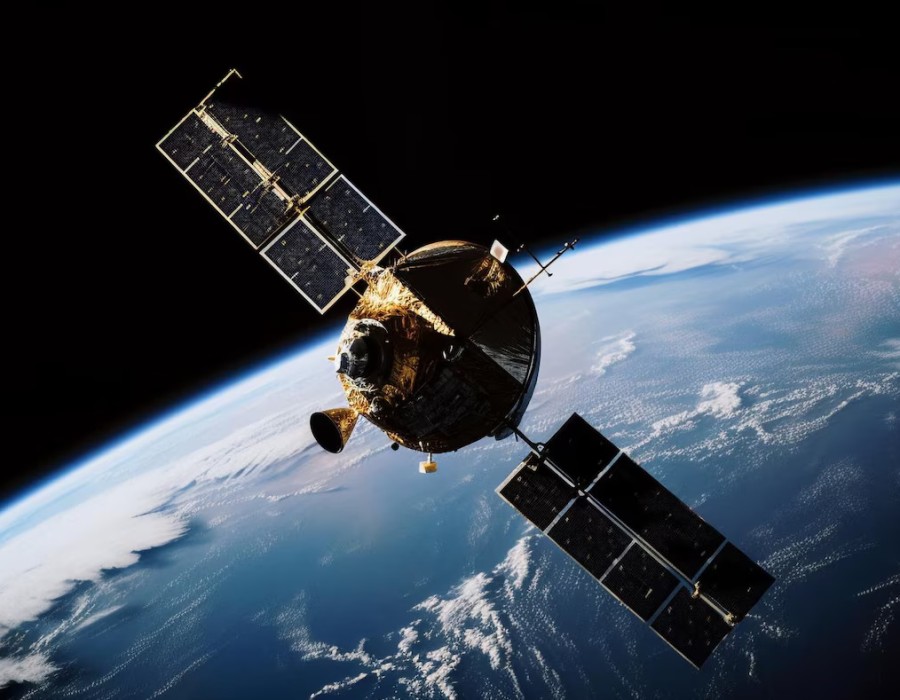In today’s digital world, having access to high-quality television signals is more important than ever. Whether you're setting up a new entertainment system or upgrading your current setup, understanding the basics of aerial and satellite installation can save you time, money, and frustration. This guide is designed for beginners who want to learn the essentials of getting started with aerials and satellites, including what to expect during installation and how to ensure optimal signal quality.
What’s the Difference Between Aerial and Satellite Systems?
Before diving into the installation process, it’s crucial to understand the difference between aerial and satellite systems.
- Aerial (or antenna) systems are used to receive terrestrial TV signals, like Freeview in the UK. These signals are transmitted over the air from local broadcast towers.
- Satellite systems receive signals from orbiting satellites, such as Sky or Freesat, and are ideal for accessing a wide range of channels, including international ones.
Both systems require different types of equipment and installation procedures, but they share one thing in common: they need a clear and stable signal path to function properly.
Equipment Needed for Aerial and Satellite Installation
Depending on whether you’re going with an aerial or satellite setup, the equipment will differ slightly. However, some basics are common to both:
For Aerial Installation:
- Outdoor or loft aerial
- Coaxial cable
- Aerial mast and brackets (for roof mounting)
- Signal booster or amplifier (if needed)
- TV or set-top box compatible with digital signals
For Satellite Installation:
- Satellite dish
- LNB (Low Noise Block downconverter)
- Coaxial cable
- Satellite receiver or integrated TV
- Mounting pole or wall bracket
- Satellite signal finder (optional but helpful)
Understanding the role each component plays in the aerial and satellite installation process is key to achieving strong, consistent reception.
Location Matters: Choosing the Best Spot
Signal strength and quality depend heavily on the location of your aerial or satellite dish. Here are a few tips to get it right:
- Aerials should ideally be mounted on the roof or in the loft, facing the nearest transmission tower. Avoid obstructions like trees or tall buildings.
- Satellite dishes need a clear line of sight to the satellite, typically positioned in a southerly direction (in the Northern Hemisphere). Obstructions like trees, buildings, or even heavy rain can interfere with the signal.
A good rule of thumb is: the higher the installation, the better the signal.
DIY vs. Professional Installation
While there are plenty of DIY kits available, aerial and satellite installation can be more complex than it looks. Factors like signal alignment, cable routing, and safety (especially on rooftops) often make professional installation the safer and more effective choice.
DIY Installation Tips:
- Use a spirit level to ensure the dish or aerial is perfectly horizontal.
- Secure all brackets and poles to avoid movement in wind.
- Use high-quality, weather-resistant coaxial cable.
- Invest in a signal meter to help align your dish or aerial correctly.
If you're unsure or dealing with a multi-room setup, hiring a qualified installer is the best route. Professionals have the tools and expertise to complete the job safely and efficiently.
Common Problems and How to Fix Them
Even with a good installation, you might run into some common issues. Here’s how to troubleshoot them:
- Weak or no signal: Check cable connections and look for visible damage. Ensure the aerial or dish hasn’t shifted due to weather.
- Pixelated or frozen picture: This could be due to interference or low signal quality. Try a signal booster or reposition the aerial.
- Water ingress: Make sure all outdoor connections are sealed with weatherproof tape or boots to prevent moisture damage.
Staying on top of these small issues can make a big difference in your viewing experience.
Benefits of Proper Aerial and Satellite Installation
Investing time or money into a proper aerial and satellite installation brings several long-term benefits:
- Reliable TV signal with minimal interruptions
- Access to hundreds of free and premium channels
- Better picture quality, especially for HD and 4K broadcasts
- Compatibility with modern smart TVs and home entertainment systems
Whether you’re cutting the cord or just want better reception, the right setup makes all the difference.
Final Thoughts
Getting started with aerial and satellite installation doesn't have to be intimidating. With a basic understanding of the components, proper planning, and maybe a little professional help, you can enjoy crisp, clear TV without a hitch. Remember, a strong signal starts with a smart setup. So, take your time, do your research, and you’ll be well on your way to upgrading your home entertainment the right way.





Comments